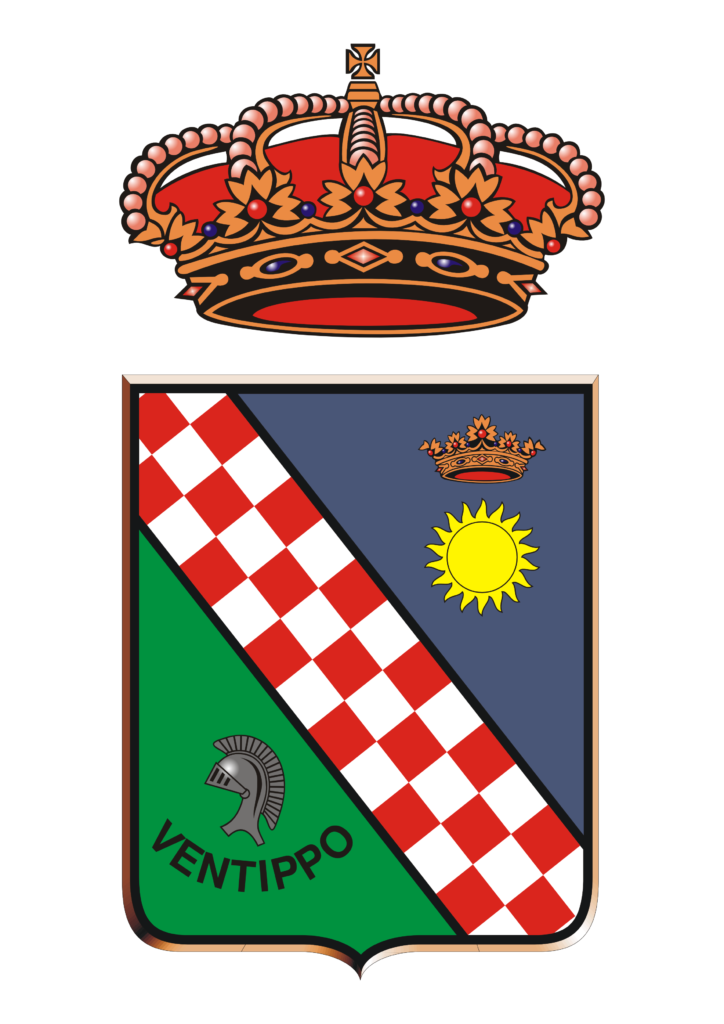During the 19th and early 20th centuries, Casariche became famous throughout Spain due to its “bandolerismo” (brigandage). The area became a centre of raids and espionage by bands of bandits and thieves that filled the surrounding mountains. In the Venta de la Paloma, according to tradition and history, José Mª el Tempranillo used to meet with Juan Caballero and José Ruíz el Germán. It was in this place that they arranged their pardon with the General, which was signed in the Ermita de la Fuensanta, in Corcoya in 1833.
In 1830, at the age of 36, he came to a huerta leased to Francisco Morales, from Casariche, a muleteer from Mollina called Francisco Fernández Baena “El Tío Martín”. In 1847 he bought another property from Juan Moreno of Estepa in the town of Casariche, known as Huerta del Tío Martín or Huerta del Cable (its flour mill has survived until recent years under the name of Molino Javaro). Francisco Baena was married to María Torres and they had four children. He was a man of very good reputation, because when he took his vegetables and fruit to the village square every day, he would leave his stall under the watchful eye of a friend and go to the Church. However, under the guise of a religious man, he was hiding a criminal kidnapper. His house served as a hiding place for kidnappers and a meeting point for thieves.
His alibi was perfect, for he was a man of fine manners who attended to all the religious celebrations that were held. The whole village thought of him as a nice man.
He ended up becoming the sidekick of bandits such as El Alberto, Gagarrache, Malas Patas, Vaca Rabiosa and El Maruso among others. They kidnapped rich men and handed them over to Tío Martín, who hid them in an old cave next to the house in the farm, which was connected through a passageway to the kitchen of the house. The abductees remained there until the ransom was paid or until they were killed in case they did not get paid. Many of the bodies were buried in the same orchard, from where he obtained the fruit that he then offered to the inhabitants of Casariche.
In 1870, Julián Antero de Zugasti y Sáenz, recently appointed as the Civil Governor of Córdoba, devoted himself to combating brigandage, with notable success. He had the help of Antonio Melero, the judge of Archidona, who wanted revenge because months earlier, some criminals kidnapped his young daughter and left the little girl’s ears nailed to the door of his house, since he was unable to pay the kidnappers in time.
Tío Martín and his cronies perpetrated several high-profile kidnappings, including the one of Agapito Delgado. However it was the kidnapping of José María Reina, son of a wealthy landowner in Arahal, the one that helped to uncover the whole plot.
The Civil Governor of Cordoba, suspecting that the hiding place was near Casariche, ordered soldiers to disguise themselves as beggars and go around the area singing a song that the abductees could hear.
A few months later, the reports of his agents made them turn their attention to the orchard of Tío Martín, who felt he was being watched. Hence, he ordered the kidnapped man to be taken out of the house and executed.
However, “El Salamanca”, a friend of the kidnapped, left him free in a nearby olive grove and pointed him in the direction of La Roda.
Once the hostage heard the singing from the soldiers disguised as beggars, it was known by the Governador that the orchard was the operations center of the band.
Tío Martín, despite trying to flee, ended up being arrested with the rest of his family. In fact, he confessed by mistake some of the murders and even had to dig up the bodies in his own garden to the astonishment of the inhabitants of Casariche, who could not believe that this honest man was one of the biggest criminal figures in the region.
In July of 1870, when he was taken to the Estepa prison, the bandits wanted to free him. Thus applying the Law of Escapes, the Guardia Civil applied the Ley de Fugas (Law of Escapes) and killed him in the dehesa of the Cerverales meadow (near El Puntal).


